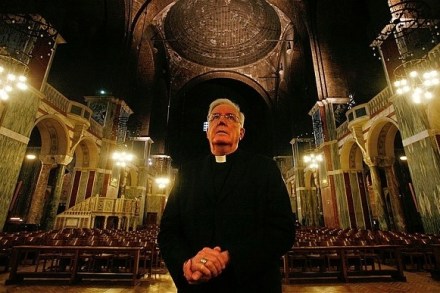Language
And when I landed in America, aged ten, I knew the language was the same. And yet At once the alien words confronted me Like tests I must perform before I passed: Gotten and cootie and the way they said ’erb, and the different gas, and turning on The faucet. That first Christmas, presents wrapped In something called excelsior, just bits Of wood-shavings. I learned fast, but still baulked Later at sniggerings over those secret words Too bad to be explained: jamrag — a pad Of cotton-wool I saw, stained, on the road; And, inexplicably worse, the taunt Thrown at a boy just down the way from

















